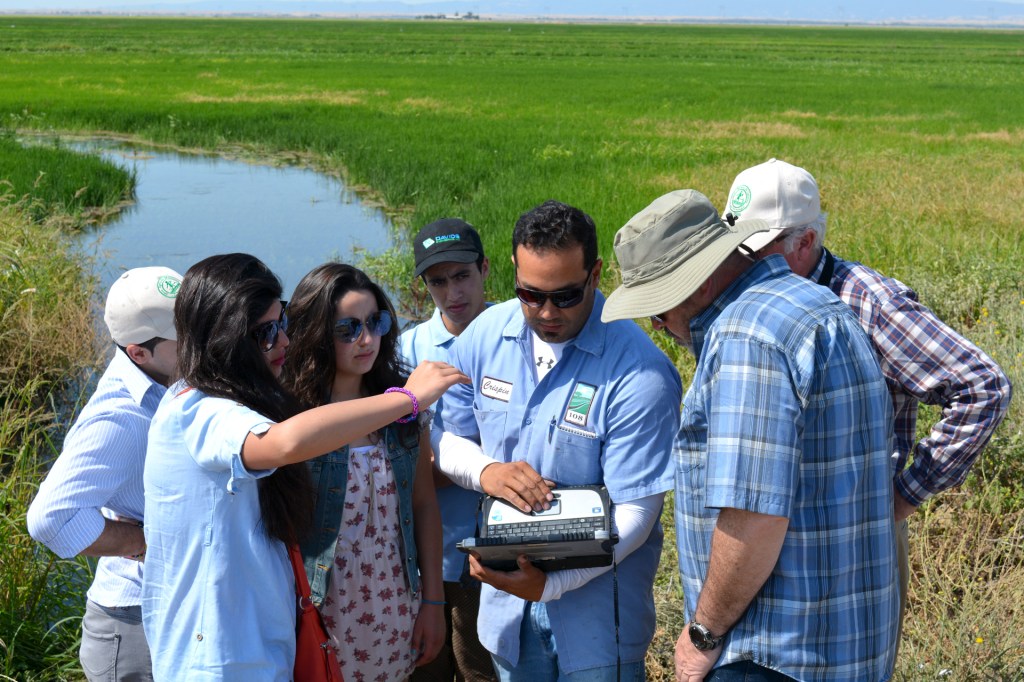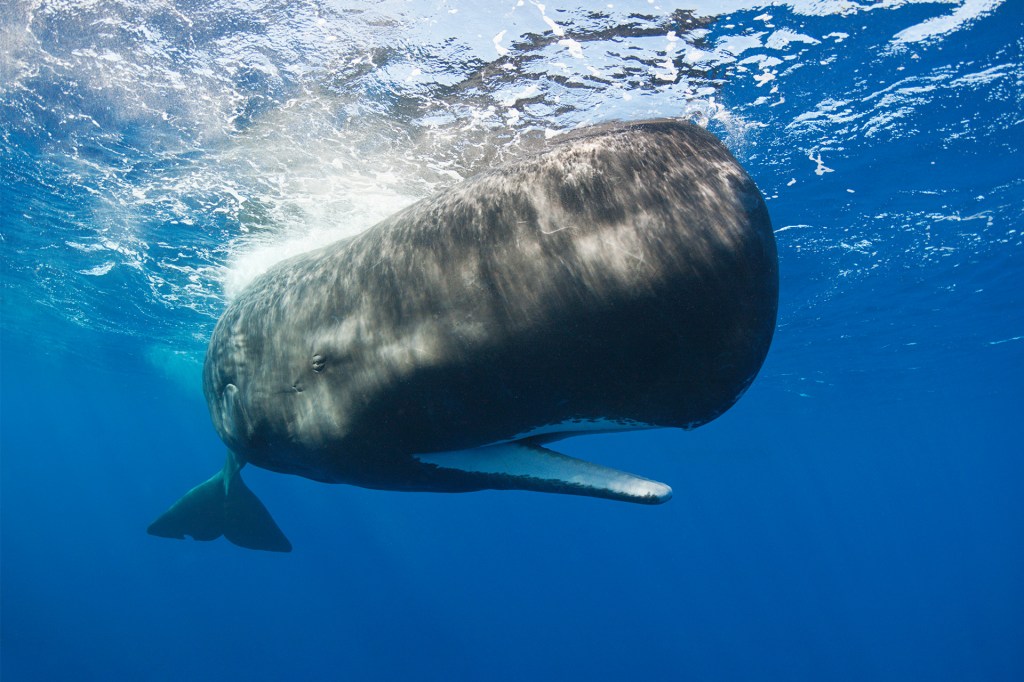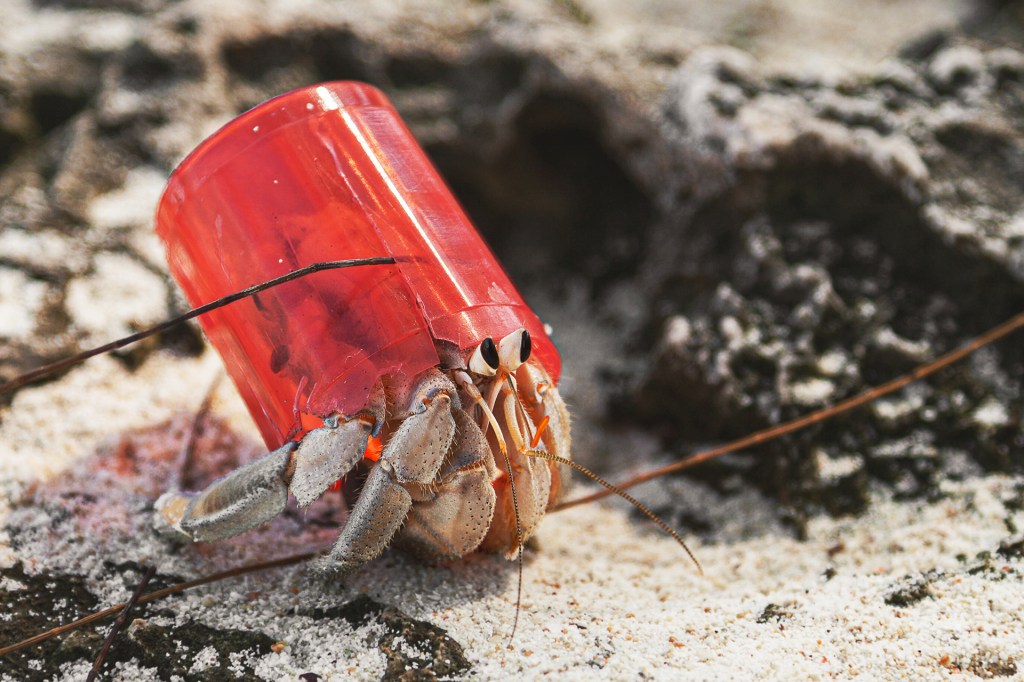Into the Wild
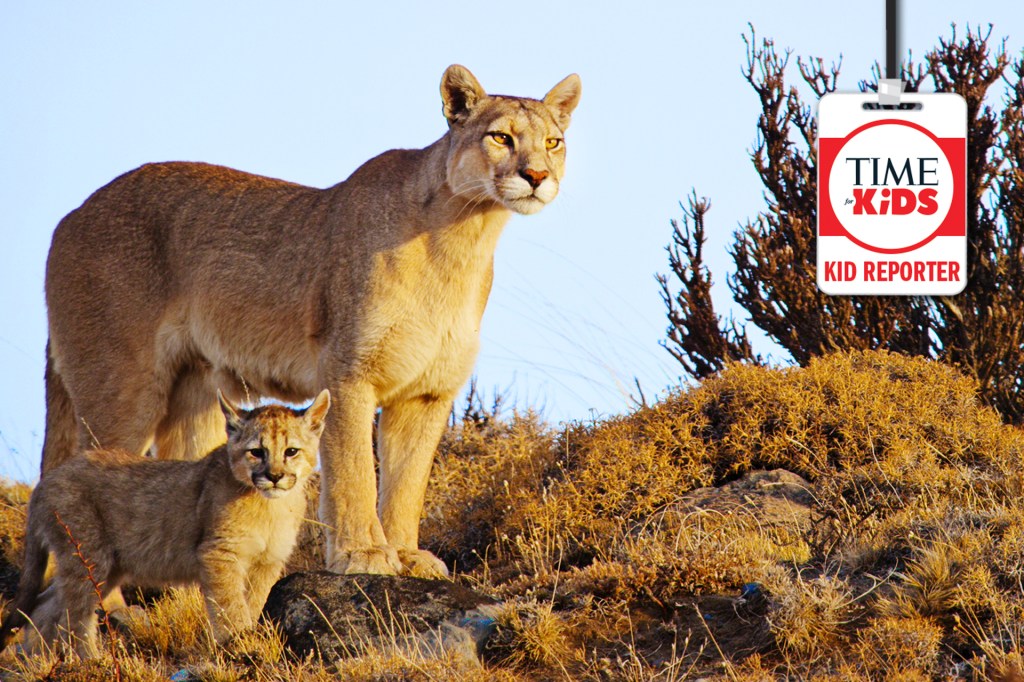
Our Great National Parks is a new series on Netflix. Narrator Barack Obama introduces viewers to the natural beauty—and incredible animals—of parks around the world. “This is a series that celebrates the greatest conservation success story of the past century,” executive producer James Honeyborne told TIME for Kids. He and series producer Sophie Todd spoke to TFK Kid Reporter David Murtagh about images from the show. Here’s what they had to say.
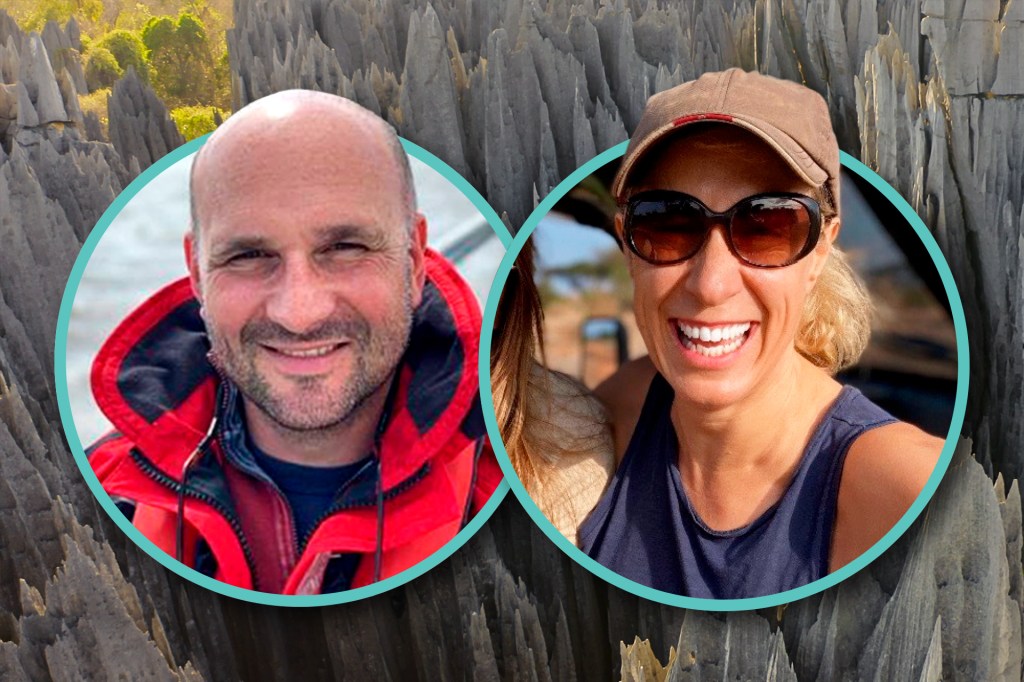
WORLD TRAVELERS: James Honeyborne and Sophie Todd produced the new Netflix series "Our Great National Parks."
FROM LEFT: COURTESY JAMES HONEYBORNE; COURTESY SOPHIE TODDLEAPING LEMURS Sifaka lemurs live among the jagged rock formations of Tsingy de Bemaraha park, in Madagascar. “They have a sort of natural protection in this fortress of rocks,” Todd says. For a month, the crew followed a lemur family around these rocks.
It’s “unlike anything you’ve ever seen,” she says. Honeyborne agrees: “There’s a huge
drop that the lemurs have to leap across. They’re amazing. They’re like the ultimate parkour
parkour
 TEMPURA—GETTY IMAGES
relating to a sport that involves running, climbing, and jumping over obstacles
(adjective)
Some parkour athletes use the sidewalk as a gym.
athletes.”
TEMPURA—GETTY IMAGES
relating to a sport that involves running, climbing, and jumping over obstacles
(adjective)
Some parkour athletes use the sidewalk as a gym.
athletes.”
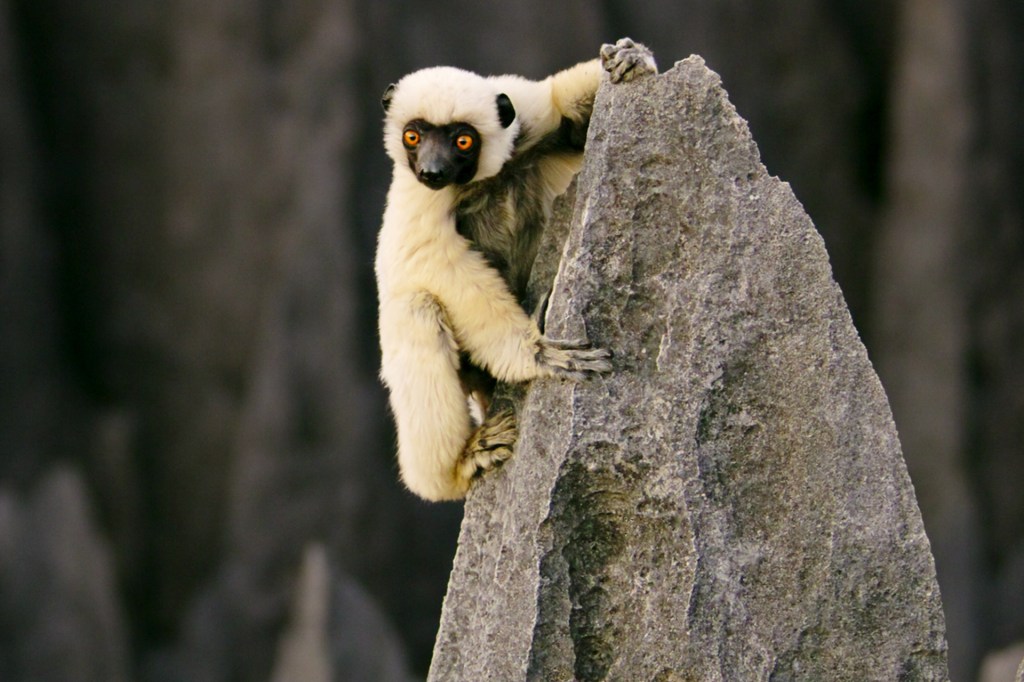
HAPPY HIPPO “Hippopotamuses are incredible animals,” Todd says. “We filmed them using a special underwater camera” at Tsavo National Park, in Kenya. “One of the things we get to see in the series is that they open their mouths when they want to go to the dentist. Then the fish come in and clean all between their teeth.” The fish also nibble on the animals’ feet and backs to get rid of parasites
parasite
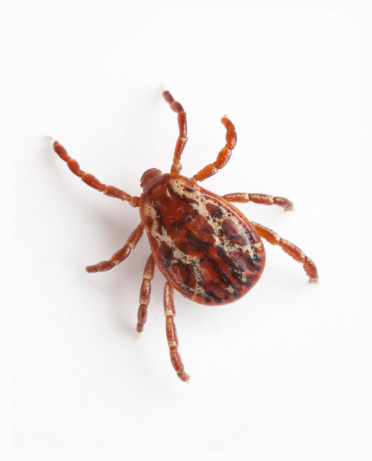 DON FARRALL—GETTY IMAGES
an organism that lives in or on and feeds on other living organisms
(noun)
A tick is a parasite that can harm people and animals.
. For the hippos, Todd says, “it’s like having a spa day.”
DON FARRALL—GETTY IMAGES
an organism that lives in or on and feeds on other living organisms
(noun)
A tick is a parasite that can harm people and animals.
. For the hippos, Todd says, “it’s like having a spa day.”
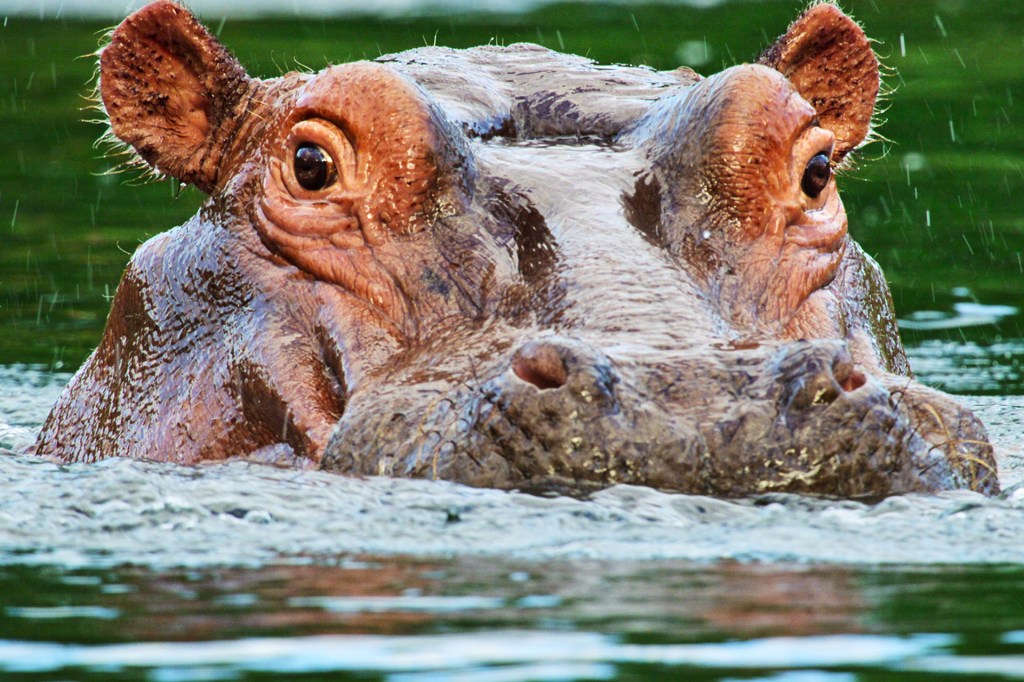
FEED ME! Rakus the Orangutan lives in Gunung Leuser park, in Indonesia. “Rakus means ‘greedy,’” Todd says. “He’s called Greedy because he eats everything. He eats termites. He eats leaves. One of his favorite foods is a fruit called neesia. It’s about the size of a football. It’s very hard to get the seeds out. He’ll peel a stick and use it as a tool to pick out his favorite bits.” Honeyborne adds: “The fruit is full of sharp hairs. If he gets a mouthful of the hairs, it’s like eating cactus. It’s not so good.”
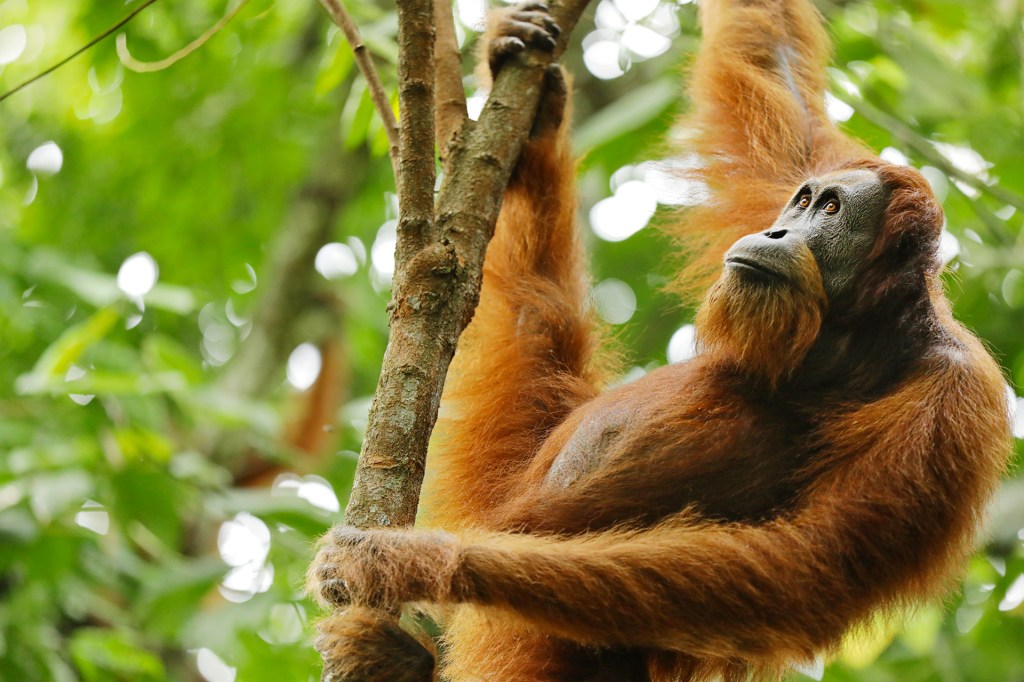
SWARMING THE SEA These sea nettle jellyfish were spotted at the Monterey Bay National Marine Sanctuary, in California. “Come fall, they can swarm in vast numbers,” Honeyborne says. “The seas are very rich and full of nutrients and full of microscopic plants and animals that they will eat. They are a sign that the seas have reached the richness that they do at the end of summer. It’s a sign that the great gathering of creatures is heading toward Monterey.”
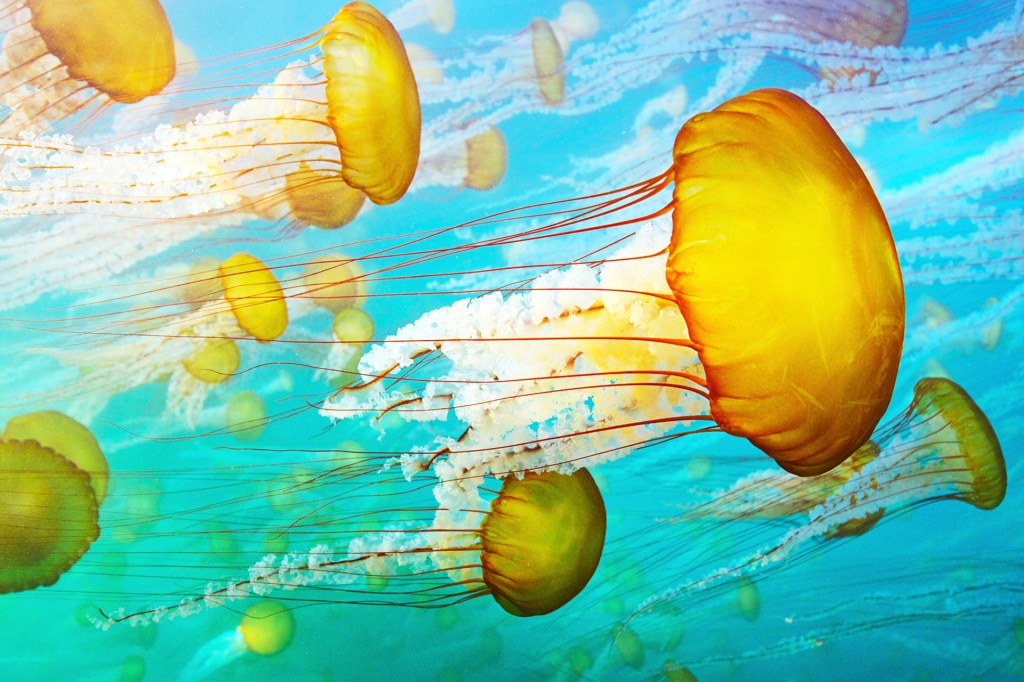
FAMILY MATTERS “Pumas were always felt to be solitary animals,” Todd says. “But in Patagonia, in Chile, there are now more and more pumas because the land is protected and there’s more of their prey.” This female puma has three cubs. (Only one is visible here.) “They were very hungry,” Honeyborne says. “So she had to go hunting. She tries her very, very best and struggles to get food for her babies. She’s a devoted mom.”







